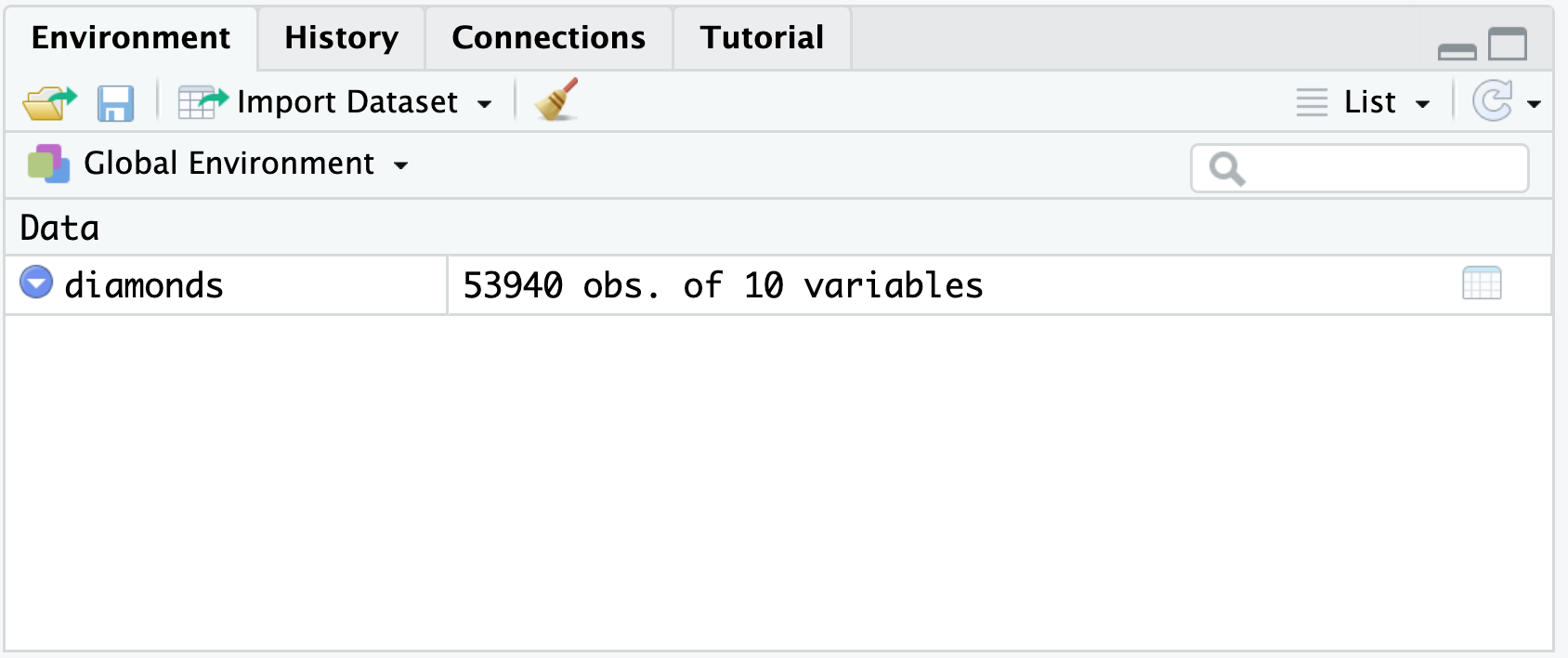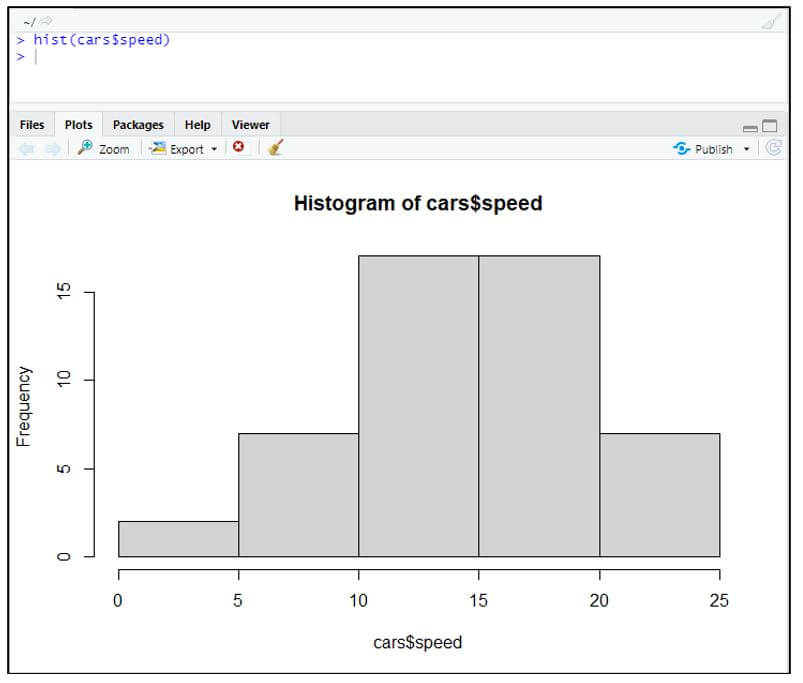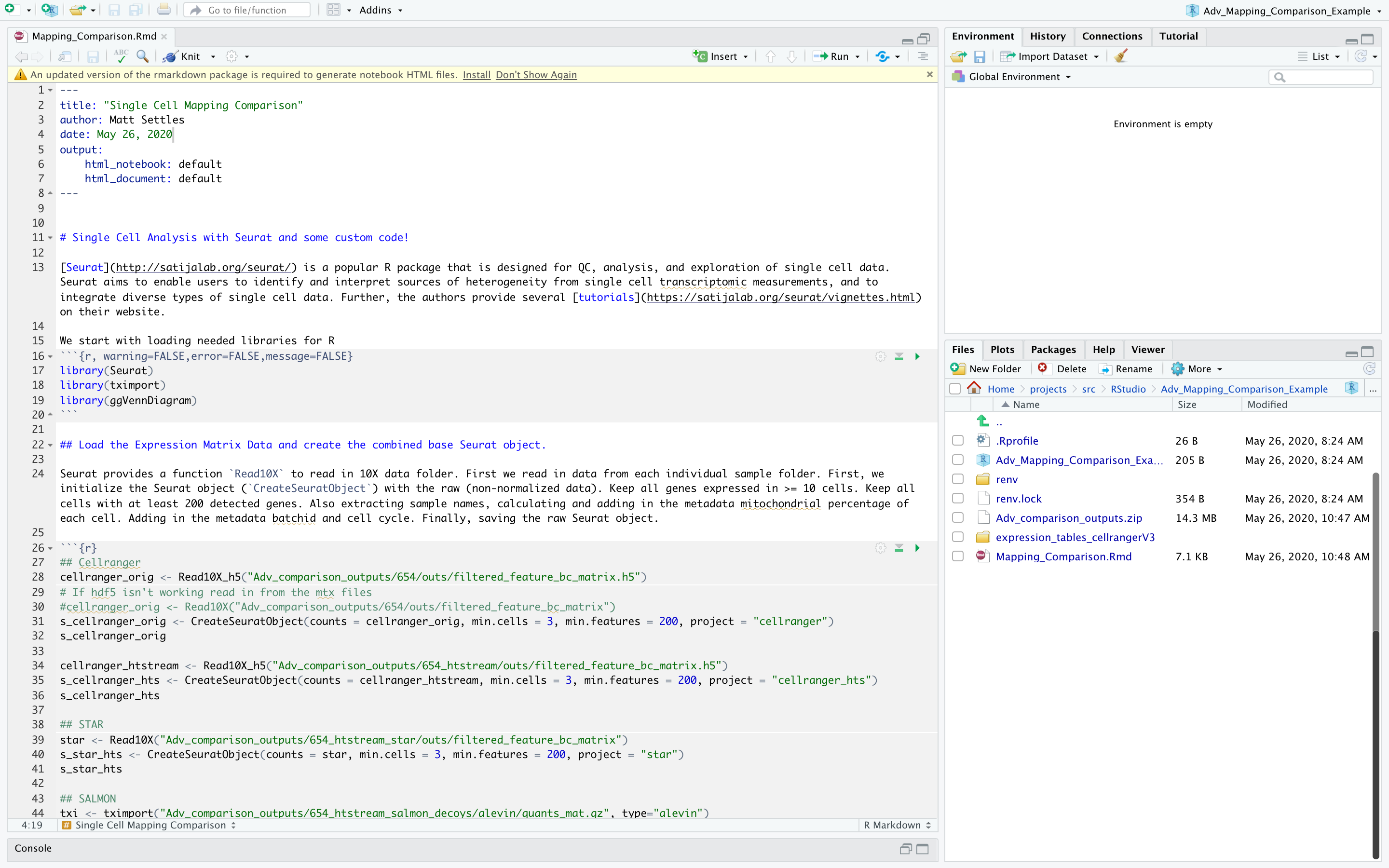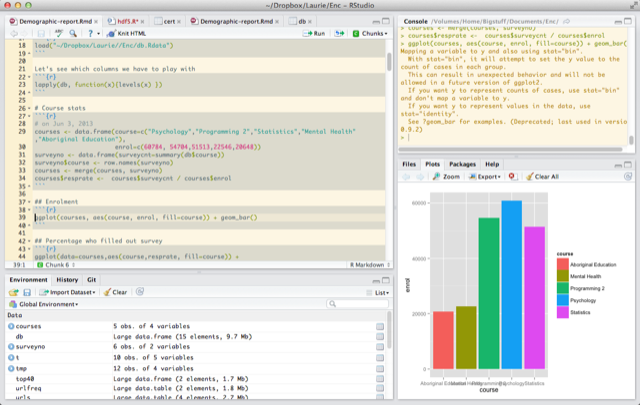
In the above, the resulting stacked dataset will have 6 times as many rows as the original dataset.
#Rstudio datasets full
Occasion_labels <- c("occasion 1", "occasion 2", "occasion 3", "occasion 4", "occasion 5", "occasion 6")Īnd then run the full script as per this. Variables_to_retain <- c(" retain_1", " retain_2")
#Rstudio datasets install
Remember, you'll need to install the packages at the top of this script.
#Rstudio datasets code
There's a few bit to change in the R code below, highlighted in blue for you. We give a generic worked example here: Stacking restructure Crunch.R Stacking by writing out the full alias structure R pulls the data into R Studio, reshapes the data, and then stores the data as a new dataset.

In this case, if you had 500 rows in your original dataset, you'll end up with 2,500 rows in the stacked data. Another example, is where the same rating scale is applied to different brands and you want to analyse with each case representing a different brand (rather than a different respondent). This is sometimes called hierarchical data.įor example, if you ask each respondent about 5 different occasions, then you may like to stack the data so that each row in the new dataset is an occasion.
#Rstudio datasets how to
Also learned how to use a select() function from the dplyr package.Stacking is a process where the data is transformed, and variables (columns) can be rearranged to act as cases (rows). The example includes removing columns by name, index, from the list based on conditions e.t.c. In this article, you have learned different ways to remove a single column/variable and several columns/variables in the R data frame. The following is a complete example of how to remove a single column/variable or several columns/variables from the R DataFrame (ame) If a column is not found, it returns a warning.ġ. Similarly, use -ends_with() to remove variables that end with a text, the following examples remove name and price columns as they end with the letter e.įinally, use the one_of() function to check if the column exists and then remove it from the data frame only when exists. The following example removes the column chapters as it starts with character c. Use -starts_with() to ignore columns that start with a text. This function also takes a list of values to check contains. The following example removes the column chapters as it contains text apt. Use -contains() to ignore columns that contain text. The same function can also be used to remove variables by name range. This pipe can be used to write multiple operations that you can read left-to-right.

Here I am using names() function which returns all column names and checks if a name is present in the list using %in% operator.įor example, x %>% f(y) converted into f(x, y) so the result from left-hand side is then “piped” into the right-hand side.

You can also use the column names from the list to remove them from the R data frame. The following example removes multiple columns with indexes 2 and 3. Use vector to specify the column/vector indexes you want to remove from the R data frame.

In the following example, removes all rows between 2 and 4 indexes, which ideally removes columns pages, names, and chapters. This notation also supports selecting columns by the range and using the negative operator to remove columns by range.


 0 kommentar(er)
0 kommentar(er)
